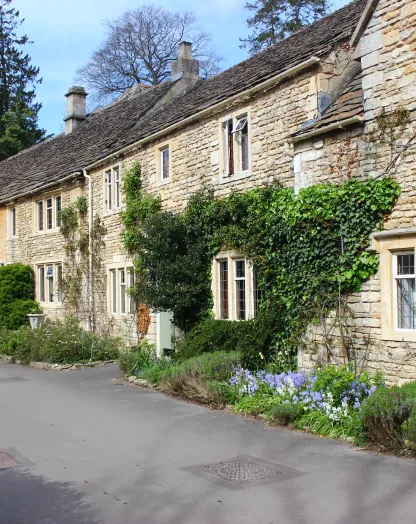Romanian government bidding to keep treasured sculpture
Constantin Brancusi’s the Wisdom of the Earth is widely considered to be one of the finest examples of sculpture to ever come out of Romania, while also being one of the country’s finest pieces of modernist artworks ever.
However, despite its fame, the Romanian government has been facing something of a battle in raising the funds needed to keep it within the country’s borders.
According to reports from The Guardian at the beginning of the year, the piece is valued at around €20 million (£15.49 million), a price tag that has left it in limbo, with its current owners so far unable to find a suitable buyer.
Created in 1907, the work is derived from the same creative period as Brancusi’s celebrated sculptures The Kiss and The Prayer, meaning it is largely seen as being a hugely important part of the artist’s enduring legacy in Romanian and beyond.
Now the nationally-treasured work has gone on display at the country’s National Bank as part of a bid to raise the funds needed to buy it from a private owner.
Wisdom of the Earth, a work carved from limestone in a simplistic modern style, depicts a female figure sitting with folded arms and her legs pulled up.
The determination to keep it in Brancusi’s homeland is understandable as it is the last remaining work from the artist currently in the country.
The government has pledged €5 million (£4 million) towards the €11 million asking price, but it admits that the rest of the cash may have to come out of private contributions by September 30th.
According Government spokesman Dan Suciu the campaign has raised €212,000 since March, while there are hopes a telethon on national television will help to attract further money.
Such a significant price shows how far Brancusi’s work has come, with the artist himself the son of a Romanian farmer.
After emigrating to France in 1903, he set about becoming one the great sculptors of the 20th century.
There is little doubt that keeping Wisdom of the Earth in Romania would have been in line with the wishes of Brancusi’s, who attempted to donate his works to his homeland in 1951, only for the country’s communist authorities to turn down his offer. He passed away six years later.
While determined to keep the piece itself in Romania, the national government is also keen on having Brancusi’s remains transferred back home from Paris.



